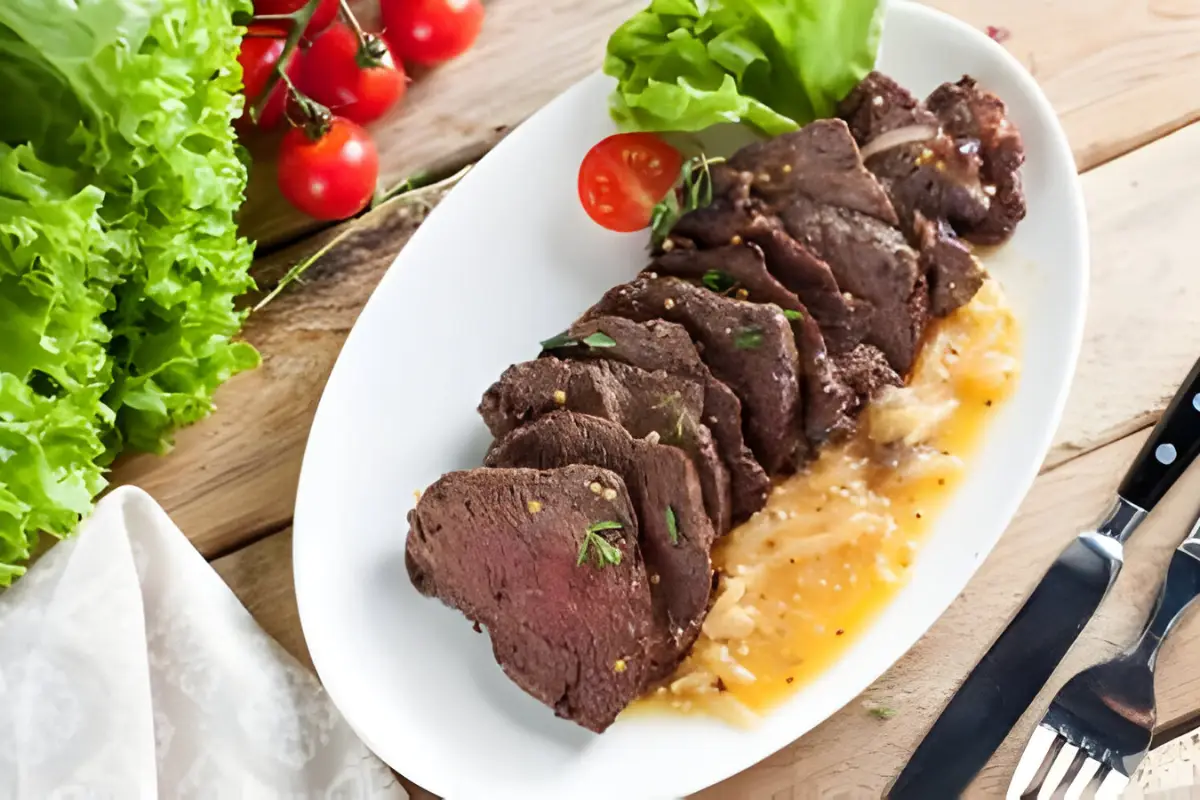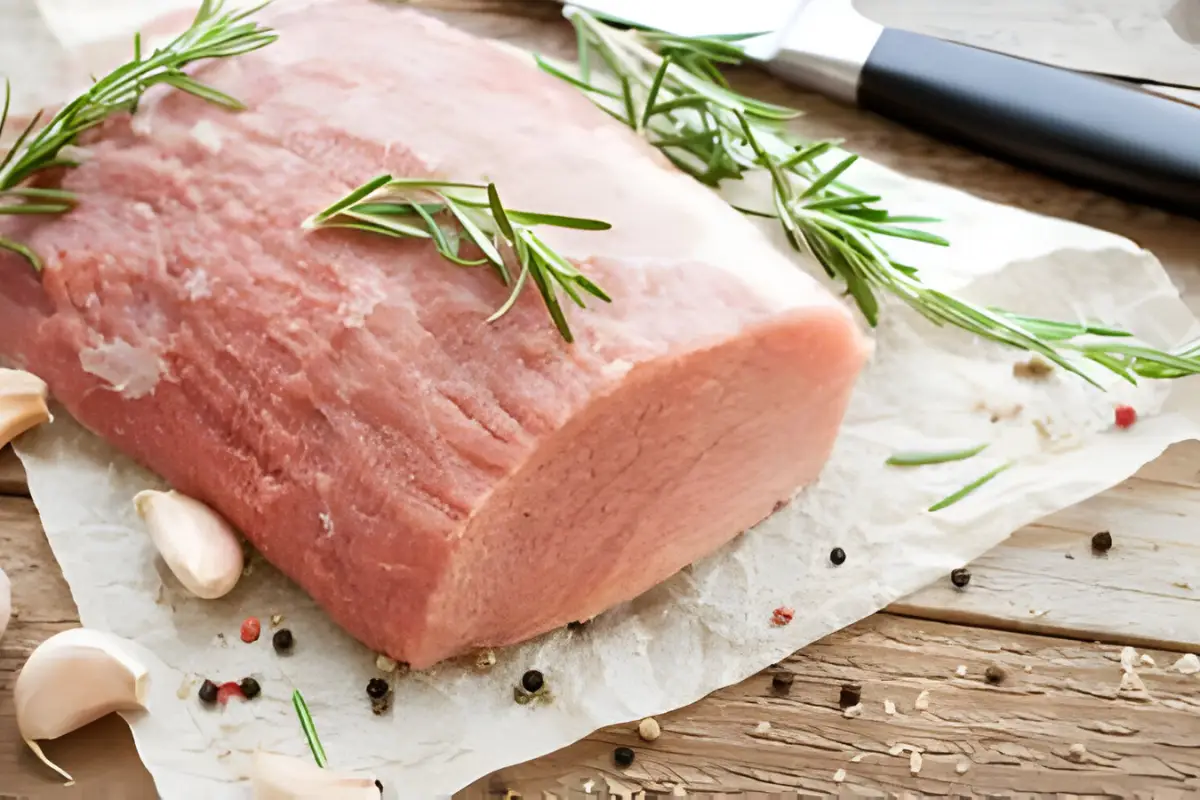In the culinary world, the quest for the perfect steak cut is akin to a gourmet’s holy grail. Among the plethora of beef cuts gracing menus and kitchens, hanger steak emerges as a cut that intrigues and delights in equal measure. This article embarks on a comprehensive journey through the realm of hanger steak, exploring its unique characteristics, culinary potential, and how it stands up against other popular cuts. From the butcher’s block to the dinner plate, we’ll uncover the secrets of this flavorful cut, offering insights into purchasing, preparing, and savoring hanger steak to its fullest. So, whether you’re a seasoned chef or a curious food enthusiast, join us as we delve into the world of hanger steak, a cut that marries flavor and texture in a dance of culinary delight.
Introduction to Hanger Steak
Overview of Hanger Steak
Hanger steak, a gem hidden within the beef carcass, is a testament to the adage that the best treasures are often hidden. Nestled between the rib and the loin, this cut is part of the “plate” primal cut, a location that imbues it with a rich, robust flavor that stands out even in the diverse world of beef cuts. Its journey from obscurity to prominence on gourmet menus is a story of rediscovery and appreciation for its unique qualities.
Unique Characteristics of Hanger Steak
The hanger steak, often referred to by butchers as the “hanging tender,” is a marvel of texture and taste. Its position, attached to the diaphragm near the kidney, lends it a flavor profile that’s deeply beefy, with hints of a liver-esque richness that’s unparalleled in other cuts. This singular muscle, free from the work that toughens other parts of the cow, offers a tenderness that, when cooked correctly, can rival more celebrated cuts.
For those eager to explore further into the culinary delights that beef has to offer, consider reading about the “Ultimate Guide to Lemon Drop Cocktail”, which pairs splendidly with a well-prepared hanger steak. Additionally, our exploration into “Discovering Rock Shrimp: A Culinary Gem” offers insights into seafood that can complement your beef dishes beautifully.
The hanger steak’s scarcity is matched by its lack of variation. Comprising two small muscles separated by a tough membrane, it offers little in the way of marbling but compensates with a depth of flavor that makes it a favorite among those who favor taste over tenderness. For the culinary adventurer, the hanger steak is a cut that promises a rich payoff for those willing to explore its potential.
In the realm of beef cuts, the hanger steak is a hidden treasure, offering a blend of flavor and tenderness that belies its humble origins. Its unique characteristics not only make it a cut worth seeking out but also a testament to the richness of culinary diversity found within the world of beef. As we continue our exploration, we’ll delve into how this distinctive cut compares to its more well-known counterparts, shedding light on why the hanger steak deserves a place of honor in the pantheon of beef.



